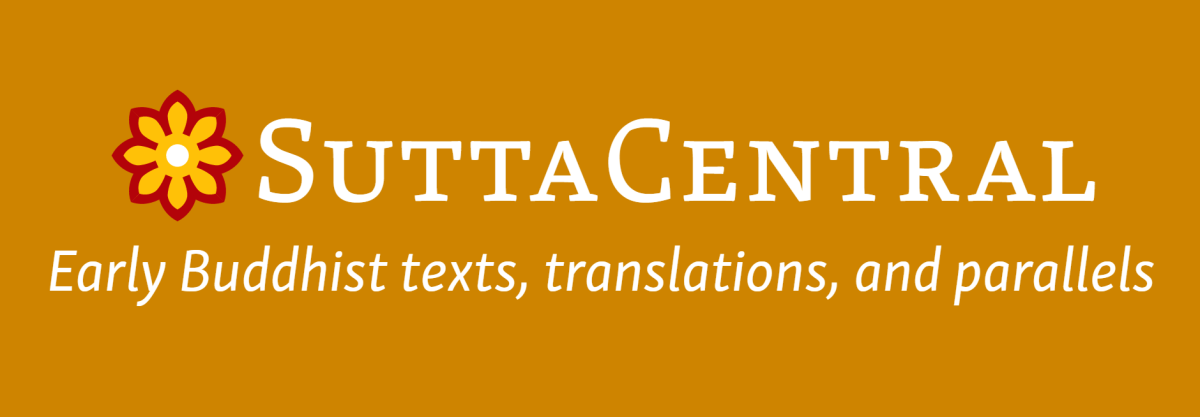

Most ebook files are in PDF format, so you can easily read them using various software such as Foxit Reader or directly on the Google Chrome browser.
Some ebook files are released by publishers in other formats such as .awz, .mobi, .epub, .fb2, etc. You may need to install specific software to read these formats on mobile/PC, such as Calibre.
Please read the tutorial at this link: https://ebookbell.com/faq
We offer FREE conversion to the popular formats you request; however, this may take some time. Therefore, right after payment, please email us, and we will try to provide the service as quickly as possible.
For some exceptional file formats or broken links (if any), please refrain from opening any disputes. Instead, email us first, and we will try to assist within a maximum of 6 hours.
EbookBell Team

5.0
20 reviewsTranslated for SuttaCentral by Sujato Bhikkhu
The “Linked” or “Connected” Discourses (Saṁyutta Nikāya, abbreviated
SN) is a collection of over a thousand short discourses in the Pali canon.
The word “linked” refers to the fact that the texts are collected and
organized by topic. In most cases the organizing principle is a particular
theme of Dhamma, for example, the five aggregates, dependant origination,
the noble eightfold path, mindfulness meditation, or the four noble truths.
This collection contains the most extensive range of texts on these core
themes. In other cases chapters are organized according to the person or
kind of person who speaks. This collection has a full parallel in the
Saṁyuktāgama (SA) of the Sarvāstivāda school in Chinese translation. In
addition, there are two partial collections in Chinese (SA-2 and SA-3) as
well as a number of miscellaneous or fragmentary texts in Chinese,
Sanskrit, and Tibetan. Much of the organizational structure of SN is shared
with SA, suggesting that this structure preceded the split between these two
collections.
This EBook was automatically generated by